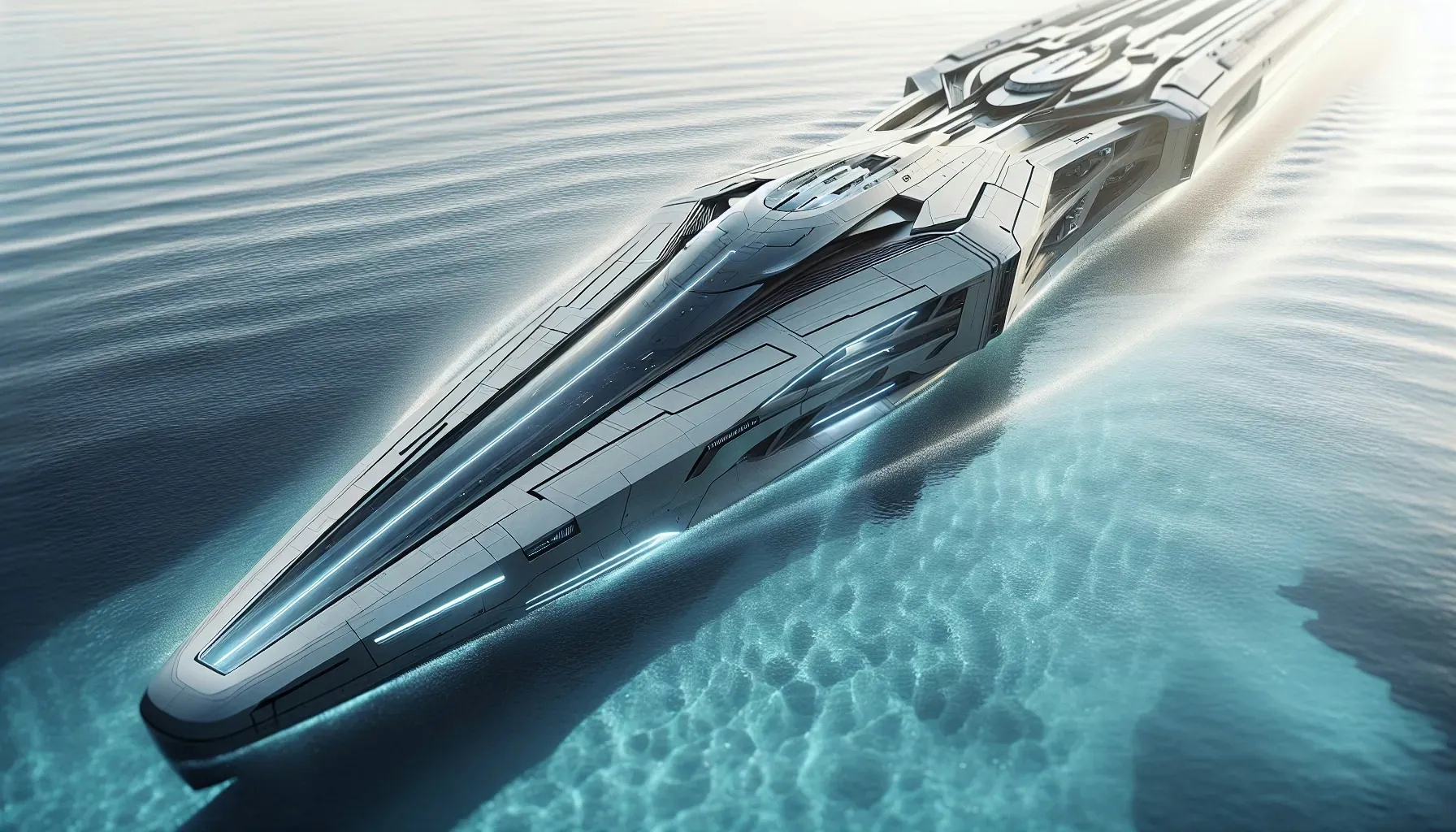Welcome to a deep dive into the exciting world of naval architecture. This blog post will explore the groundbreaking innovations that are revolutionizing this field. From energy efficiency to advanced materials, these developments are not only enhancing the performance of marine vessels but also contributing to a more sustainable future. So, let's set sail on this journey of discovery and delve into the fascinating realm of naval architecture.
Harnessing Renewable Energy: A Sea Change in Propulsion
The quest for renewable energy sources has reached the high seas. Naval architects are now designing ships that harness wind and solar power to propel themselves. This is a significant shift from the traditional reliance on fossil fuels.
Wind-assisted propulsion systems, for instance, are making a comeback in a big way. Modern versions of sails, such as the rotor sail, are being integrated into ship designs. These systems use the Magnus effect to generate a forward thrust, reducing the need for engine power.
Solar power is another renewable energy source that's making waves in naval architecture. Solar panels installed on ships can generate electricity for propulsion and onboard operations. This not only reduces fuel consumption but also minimizes greenhouse gas emissions.
In addition, hybrid propulsion systems that combine renewable energy with conventional fuels are gaining traction. These systems offer the best of both worlds: the sustainability of renewable energy and the reliability of traditional fuels.
Advanced Materials: Building Stronger, Lighter Ships
The use of advanced materials is another innovation that's transforming naval architecture. These materials are stronger and lighter than traditional shipbuilding materials, offering numerous benefits.
Composite materials, for example, are increasingly being used in ship construction. These materials, which include fiberglass and carbon fiber, are lightweight yet strong. They also resist corrosion, a common problem in marine environments.
The use of high-strength steel is another trend in naval architecture. This material is stronger than conventional steel, allowing for thinner, lighter hulls. This results in ships that are more fuel-efficient and have a higher cargo capacity.
Moreover, naval architects are exploring the use of nanomaterials in shipbuilding. These microscopic materials have exceptional strength and lightweight properties, making them ideal for naval applications.
Digitalization: Navigating the Future with Technology
Digitalization is revolutionizing every industry, and naval architecture is no exception. From design to operation, digital technologies are enhancing every aspect of shipbuilding and sailing.
Computer-aided design (CAD) software, for instance, is now an essential tool in naval architecture. This software allows architects to create detailed 3D models of ships, facilitating more efficient and accurate designs.
On the operational side, digital technologies are improving navigation and communication systems. Advanced GPS systems, for example, provide precise location data, enhancing navigational accuracy. Meanwhile, satellite communication systems ensure reliable communication, even in the middle of the ocean.
Furthermore, the Internet of Things (IoT) is making ships smarter. Sensors installed on ships can monitor various parameters, from engine performance to weather conditions. This data can be analyzed to optimize operations and prevent problems before they occur.
Autonomous Ships: The Next Frontier in Naval Architecture
Autonomous ships are the next big thing in naval architecture. These vessels can navigate the seas without a human crew, using a combination of sensors, AI, and remote control systems.
Autonomous navigation systems use sensors to detect obstacles and other ships. They also use AI algorithms to make decisions based on this data. This can improve safety by reducing the risk of human error.
Remote control systems, on the other hand, allow operators to control ships from a distance. This can be useful in dangerous situations, such as navigating through stormy weather or pirate-infested waters.
While fully autonomous ships are still a few years away, semi-autonomous ships are already a reality. These ships have autonomous systems but also have a human crew for oversight and emergency situations.
Green Ships: Sailing Towards a Sustainable Future
In the face of climate change, the shipping industry is under pressure to reduce its environmental impact. This has led to the rise of green ships, which are designed to be more sustainable.
One way to make ships greener is to improve their energy efficiency. This can be achieved through better hull designs, more efficient engines, and the use of renewable energy, as discussed earlier.
Another approach is to reduce emissions. This can be done by using cleaner fuels, such as liquefied natural gas (LNG), or by installing emission reduction systems, such as scrubbers.
Moreover, some ships are being designed to be zero-emission. These ships use electric propulsion systems powered by renewable energy. They also use energy storage systems, such as batteries, to store excess energy for later use.
Safety Innovations: Ensuring Safer Seas
Safety is a top priority in naval architecture, and numerous innovations are enhancing the safety of ships.
One such innovation is the use of advanced navigation systems. These systems use radar, sonar, and GPS to provide accurate and real-time information about the ship's surroundings. This can help prevent collisions and groundings.
Another safety innovation is the use of fire-resistant materials in ship construction. These materials can withstand high temperatures, reducing the risk of fire spreading.
Moreover, safety systems are becoming more sophisticated. For example, some ships now have automatic man-overboard detection systems. These systems use sensors and cameras to detect if someone falls overboard and can automatically launch a rescue operation.
Charting the Course: The Future of Naval Architecture
The field of naval architecture is undergoing a sea change, thanks to a wave of innovative technologies and practices. From harnessing renewable energy to building autonomous ships, these innovations are transforming the way we design, build, and operate ships. As we sail into the future, these advancements promise to make shipping safer, more efficient, and more sustainable. So, let's keep our eyes on the horizon, for the future of naval architecture is full of exciting possibilities.

